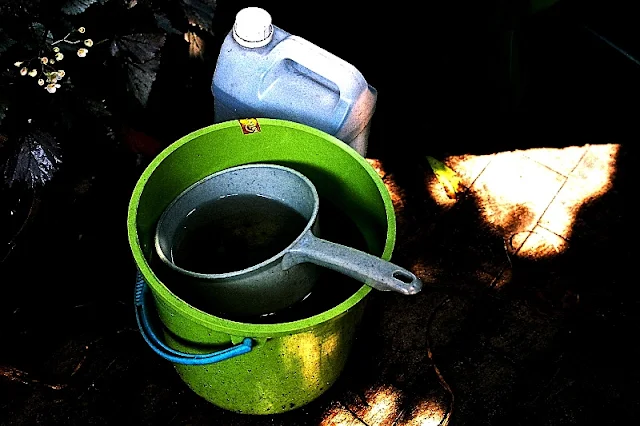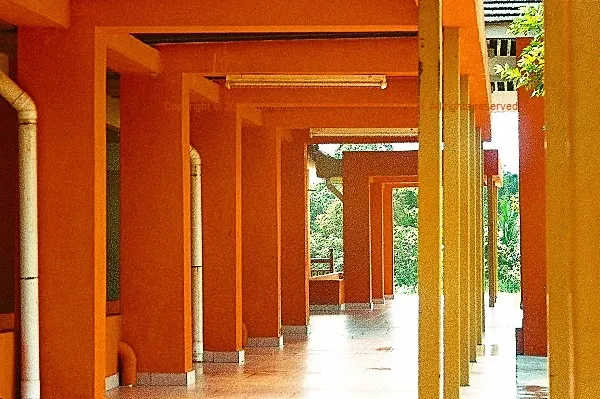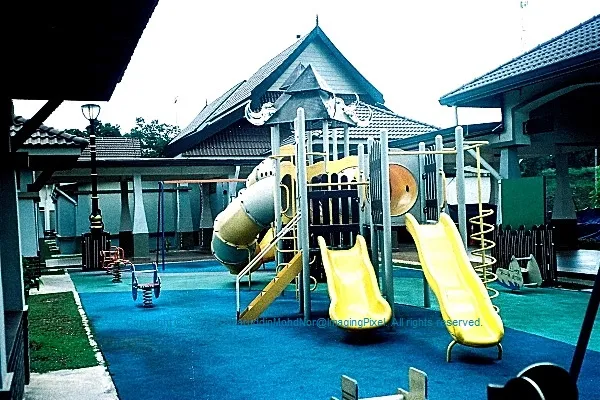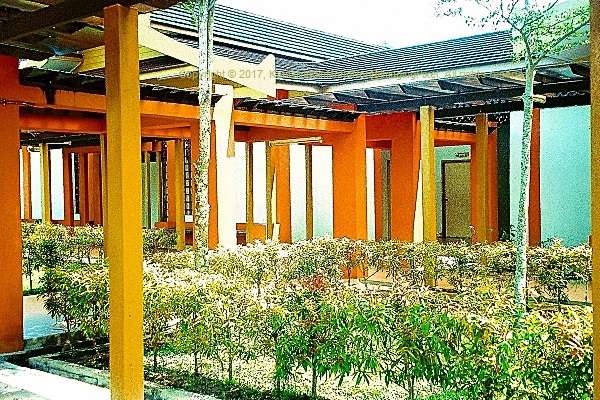The square format is historically a product associated with medium—and large-format cameras. It is used mainly for landscape and portrait photography, which are quite difficult to compose on a 35mm rectangle.
The format has been with us since the days of the Rolleiflex, a medium format twin lens reflex (TLR) camera introduced in 1929, and was followed by Hasselblad, Holga, Polaroid, and Kodak. Other makes, all using the 6x6 cm negative film format on 120 or 220 film rolls. Its resurgence in digital photography is made possible with image aspect ratio options that you can set your camera to, or by having images cropped to the ratio in post-processing.
The format is easy on the eyes as the composition of the image is very much simplified, and you are left with only the object itself as the focus of the composition, sans all the superfluous surrounding bits. You can also do away with the theory of thirds, as it does not really apply to square format images.
Instead of placing the object right in the middle of the composition, use leading lines and shapes that will become the dominant part of the image. While you might notice that the composition of square format photography is always in balance, the use of a dominant color in color photographs may also add to the centrality or the dominance of the composition.
While many photographers recommend the square format be in black and white, images in color or other post-process creatives can equally stand out.







































